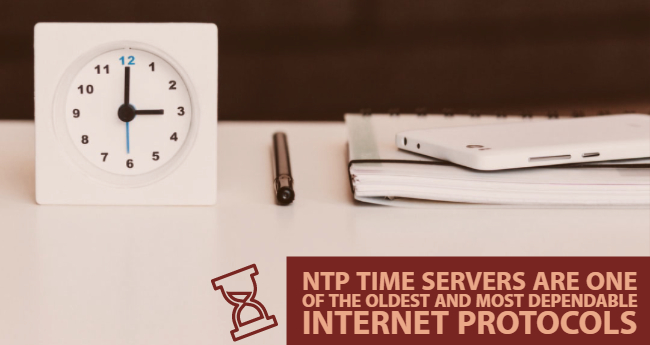How to Install Antennas for Network Time Servers

The NTP time server protocol is one of the oldest and most dependable internet standards. It uses GPS to remain synchronized to the UTC. It then transmits the synchronized time to the networked computers or other synchronized clock systems.
The effectiveness of a network time server can be dependent on the strength of its GPS signal reception. Given that the GPS signal is quite sensitive, you should always pay close attention to how you install its antenna and related devices.
Below are some of the factors you should consider
Location
When installing, you should ensure that the antenna has a clear line of sight to the sky. If there is an obstruction on the path of the antenna, the quality of the signal is reduced. A clear view of the sky generally required to be able to receive the multiple simultaneous satellite signals required to get an accurate time and location lock.
The best location, therefore, is a rooftop that has no obstruction to the sky and has a clear view of the horizon. Connect the antenna at as close to vertical as possible so that the antenna design allows it to see almost to the horizon. The position enables your antenna to track many satellites simultaneously, resulting in accurate network time synchronization.
High power transmitters and broadcast antennas cause radio frequency interference. As a precaution, always avoid installing your antenna near them.
Following the above instructions ensures you have synchronized time for your network at all times.
Use Ancillary Devices
Beyond the antenna, there are other items that can be used to make the GPS safer and more effective. One such item is a radio-frequency splitter to enable you to use one antenna for several network time servers.
A surge suppressor is another good idea within your cable run. It protects it from lightning strikes. The best place to install the surge suppressor is at the point where the cable from the antenna enters the building; ensure that the suppressor is earthed correctly.
For you to have a neat and effective installation, cable lengths should be as close as possible to those required. This can be accomplished by measuring the distances from the antenna to the surge suppressor and between devices. After measuring, purchase cables that are slightly greater lengths to ensure an accurate system.
In case there is a long distance between the antenna and the receiver, you might need to install an amplifier as a way of ensuring synchronized time for your networked devices. By starting with the gain of the antenna, the cable loss can be determined as 13dB per 100 ft of RG58 cable. If the resulting signal level drops below 10-12dBm, then an additional amplifier may be required, or a lower loss cable. DC signal loss also may need to be taken into consideration and a power injector may need to be inserted into the line.
Cabling
You must use a coaxial cable to connect the antenna to the GPS receiver in the time servers. An RG58, 50Ohm, cable works well. It protects the GPS RF signal on the cable from interference and can also carry the power signal from the time server to the antenna. You should consider a cable’s UV resistance and attenuation characteristics, its temperature rating, and weather resistance to ensure durability and performance.
The outdoor connectors are all Type-N and as such cables must be terminated with N style connectors. The time server itself uses a female SMA connector. If you have outdoor connections on your cable system, ensure you have applied enough sealant to the joints.
Avoid running the cable through standing water. However, if you must pass it through water, run it through a conduit. The conduit needs to be big enough to accommodate the connectors used; the cable itself is ten mm wide.
Reception Is Key
Remember having synchronized time on your network depends entirely on the effectiveness of this system. Ultimately, the effectiveness of your system depends on how well your antenna receives signals from the Global Positioning System and how the signal is then transmitted through the cable system to the receiver.
